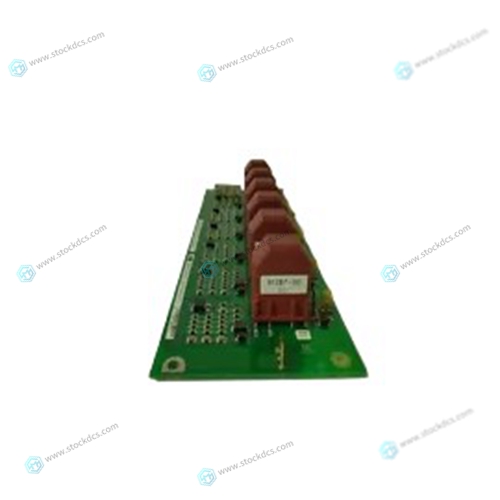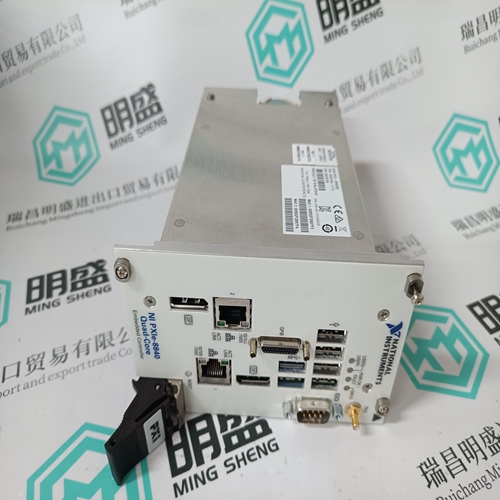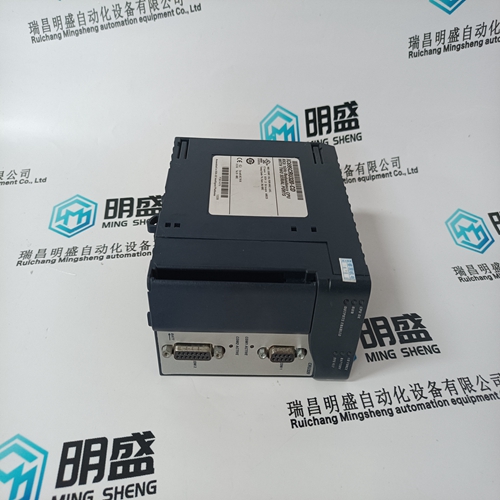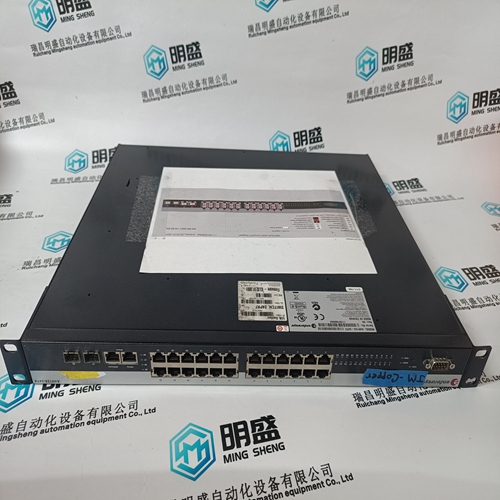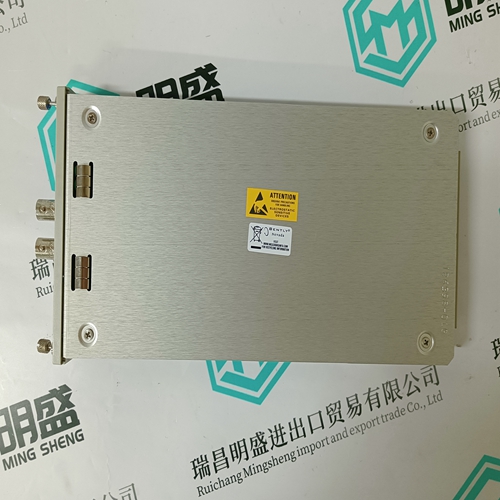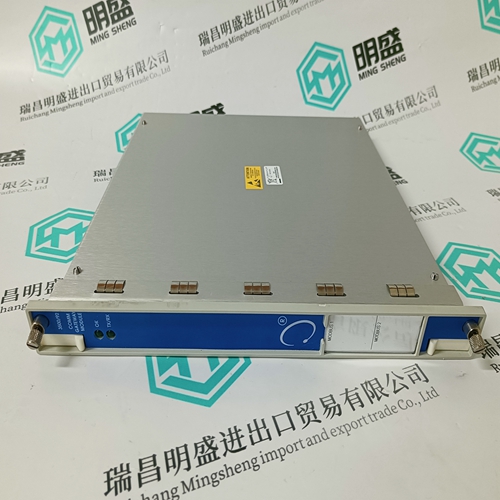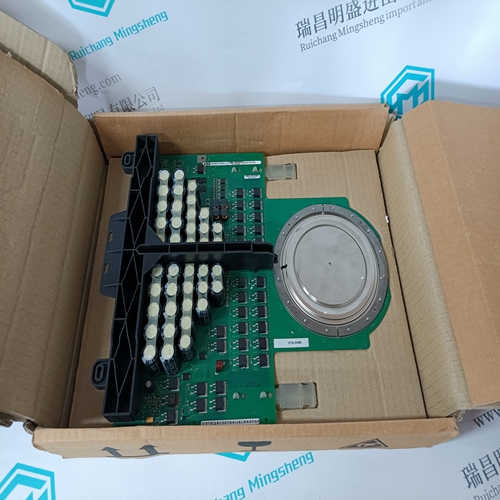Home > Product > DCS control system > ABB UNS1860B-PV1 3BHB001336R0001 Excitation card
ABB UNS1860B-PV1 3BHB001336R0001 Excitation card
- Product ID: UNS1860B-PV1 3BHB001336R0001
- Brand: ABB
- Place of origin: The Swiss
- Goods status: new/used
- Delivery date: stock
- The quality assurance period: 365 days
- Phone/WhatsApp/WeChat:+86 15270269218
- Email:stodcdcs@gmail.com
- Tags:ABBUNS1860B-PV13BHB001336R0001Excitation card
- Get the latest price:Click to consult
ABB UNS1860B-PV1 3BHB001336R0001 Excitation card
177Bug is command-driven and performs its various operations in response to user commands entered at the keyboard. When the debugger prompt (177-Bug>) appears on the terminal screen, then the debugger is ready to accept commands. As the command line is entered, it is stored in an internal buffer. Execution begins only after the carriage return is entered, so that you can correct entry errors, if necessary, using the control characters described in Chapter 3. When you enter a command, the debugger executes the command and the prompt reappears. However, if the command entered causes execution of user target code, for example GO, then control may or may not return to the debugger, depending on what the user program does. For example, if a breakpoint has been specified, then control returns to the debugger when the breakpoint is encountered during execution of the user program. Alternately, the user program could return to the debugger by means of the TRAP #15 function “.RETURN”.
In general
a debugger command is made up of the following parts: a. The command identifier (i.e., MD or md for the Memory Display command). Note that either upper- or lowercase is allowed. b. A port number if the command is set up to work with more than one port. c. At least one intervening space before the first argument. d. Any required arguments, as specified by command. e. An option field, set off by a semicolon (;) to specify conditions other than the default conditions of the command.An italic string is a “syntactic variable” and is to be replaced by one of a class of items it represents A vertical bar separating two or more items indicates that a choice is to be made; only one of the items separated by this symbol should be selected.
Syntactic Variables
The following syntactic variables are encountered in the command descriptions which follow. In addition, other syntactic variables may be used and are defined in the particular command description in which they occur.A numeric value may also be expressed as a string literal of up to four characters. The string literal must begin and end with the single quote mark ('). The numeric value is interpreted as the concatenation of the ASCII values of the characters. This value is right-justified, as any other numeric value would be.







Payment method and delivery
Shipment: EMS,DHL,UPS & FEDEX
Payment: T/T or Western Union
Professional seller
Professional sales of major electrical brand products in the world
Overseas direct purchase of products, authentic inventory, price concessions
After sales warranty, complete models, same products, different prices and services
